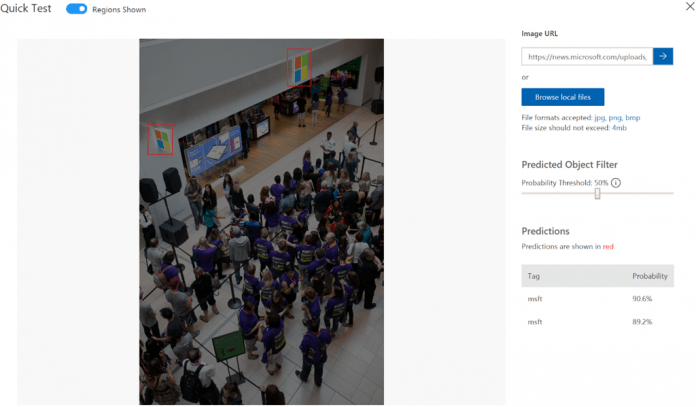According to the company, 200 teams already use Anomaly Detector across Azure and its other products. As its name suggests, the tool makes it easier to detect strange patterns and events in data, identifying problems before they snowball. “Through a single API, developers can easily embed anomaly detection capabilities into their applications to ensure high data accuracy, and automatically surface incidents as soon as they happen,” explained Anand Raman, Microsoft chief of staff, in a blog post. Raman says this functionality will be useful for scenarios like speech recognition, object detection, translation, and more. The idea is to bring this to devs with relatively little work and overhead.
Custom Vision Support
Custom Vision is a concept some will be more familiar with. In essence, it lets organizations accurately identify objects with a large degree of customization and functionality. Microsoft highlights the following features:
“High quality models – Custom Vision features advanced training with a new machine learning backend for improved performance, especially on challenging datasets and fine-grained classification. With advanced training, you can specify a compute time budget and Custom Vision will experimentally identify the best training and augmentation settings. Iterate with ease – Custom Vision makes it simple for developers to integrate computer vision capabilities into applications with 3.0 REST APIs and SDKs. The end to end pipeline is designed to support the iterative improvement of models, so you can quickly train a model, prototype in real world conditions, and use the resulting data to improve the model which gets models to production quality faster. Train in the cloud, run anywhere – The exported models are optimized for the constraints of a mobile device, providing incredible throughput while still maintaining high accuracy. Now, you can also export classifiers to support Azure Resource Manager (ARM) for Raspberry Pi 3 and the Vision AI Dev Kit.”
You can access Custom Vision and Anomaly Detector on the Azure site.




